This can be pretty daunting to choose your favorite best-paying slot games with the sudden growth in numbers and increasing popularity of online casinos. Do you choose those slots having the highest RTP % or just those who pay the best? Probably you are among those getting fascinated with creative visuals, wonderful soundtracks, and the captivating ability of gameplay. Whatever type, the truth is that it’s out there, waiting for you.
More importantly, the fun and value that is derived from them are second to none. Let’s jump into the online slots of fun and explore ten of these top-ranking games that boast high RTPs and best payouts. The best thing about these real money games is the fact that you can use both desktop and mobile versions on iOS or Android.
Every licensed online casino in the UK incorporates a predetermined payout percentage into their games. This percentage is derived from extensive calculations based on countless spins conducted over time.
Rest assured, when you engage with these reputable casinos, you can expect not only a captivating gaming experience but also the potential to claim impressive rewards.
The 7 Best Paying Slot Games in the UK
Goblin's Cave RTP 99.32% | Read Review Play Now |
|
Ugga Bugga RTP 99.07% | Read Review Play Now |
|
Ooh Aah Dracula RTP 99% | Read Review Play Now |
|
Mega Joker RTP 99% | Read Review Play Now |
|
Jackpot 6000 RTP 98.9% | Read Review Play Now |
|
1429 Uncharted Seas RTP 98.5% | Read Review Play Now |
|
Blood Suckers RTP 98% | Read Review Play Now |
|
Top Payout Slots RTP
Before we begin, let’s briefly remind what Return To Player (RTP) is.
The term RTP means the percentage of cash that is given to every slot for every one hundred pounds spent. This can also be interpreted as saying the higher the percentage, the better the player’s value.
As a specific example, imagine that the RTP for a given slot is 96%; that would imply the very slot will return an average of £96 for each £100 bet, with the remaining four pounds going to the casino. In other words, it would mean if 100 pounds were put into a given slot, that casino would retain four pounds.
Next comes an overview of the best seven pay-out slots, which were and still are very famous concerning extremely high RTPs and major payoffs.
| Name | Provider | RTP | Volatility |
| Goblin’s Cave | Playtech | 99.32% | Medium |
| Ugga Bugga | Playtech | 99.07% | Low |
| Ooh Aah Dracula | Barcrest | 99% | Medium |
| Mega Joker | NetEnt | 99% | High |
| Jackpot 6000 | NetEnt | 99% | Medium |
| 1429 Uncharted Seas | Thunderkick | 98.8% | Low |
| Blood Suckers | NetEnt | 98% | Low |
Goblin’s Cave
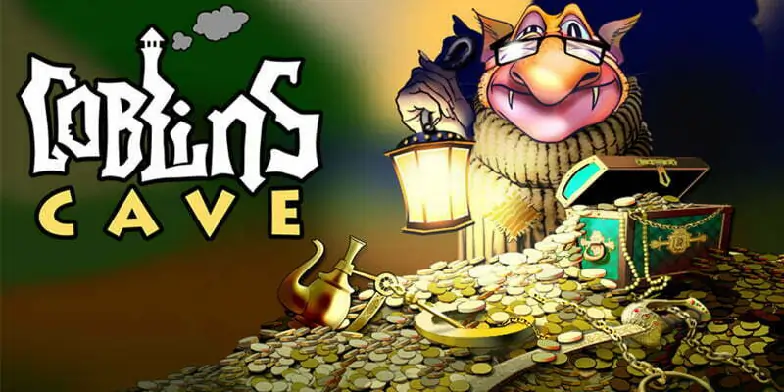
Goblin’s Cave is one of the unique online slots that come from the creative factory of Playtech, which features innovative gameplay mechanics and an impressive RTP percentage of 99.32%. With such a high RTP, players are surely going to have an entertaining and possibly rewarding experience in this game.
The theme of the game is about a goblin’s cave, very mystical, which transports players to a fantastic world of treasures waiting to be found. The graphics and sound effects add to the immersive atmosphere, enhancing the gaming experience.
Ugga Bugga

Ugga Bugga is the second best-paid slot game with an impressive RTP percentage of 99.07%. This slot game, another one provided by Playtech, is taking its players on a fascinating journey to a tribal world filled with wealth and thrill.
The most striking thing that can be said about Ugga Bugga is the very high RTP that it promises, giving players a better chance of receiving favorable returns. This, in addition to the immersive tribal theme, makes for a really great game. The graphics and sound effects of the slot complete the atmosphere, taking players into a world where the feeling of the tribe meets the excitement of finding hidden treasures.
Ooh Aah Dracula

Ooh Aah Dracula is a slot game designed by Barcrest. It boasts an amazing 99% Return to Player, which promises great fun and considerable rewards for those who venture into the world of vampire-themed humor.
With this high RTP, it promises a great chance for the player to return home with good rewards after indulging in the fanciful world of Ooh Aah Dracula. This supernatural theme mixed with humor provides a different twist on the traditional vampire theme. The engaging visual and entertaining sound effects add to the overall appeal, hence making it enjoyable for players who are in for some excitement and potential wins.
Mega Joker

Mega Joker is a classic 3-reel slot game powered by NetEnt with an impressive RTP of 99%. It’s a great choice for players seeking fantastic odds combined with the chance to hit the big one, and Mega Joker is indeed second to none when it comes to online slots.
The simplicity of Mega Joker‘s setup of 3 reels strongly reminds one of the old-time slot machines and is, therefore, very nostalgic. However, what makes this slot unique among others is the highly exceptional return it gives to its players for big wins. In this game, classic elements are perfectly combined with technology in an exciting and visually stimulating way for a player.
Jackpot 6000
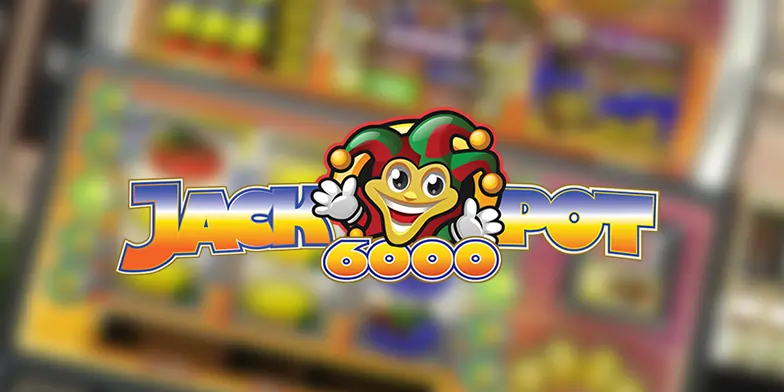
Another classic slot from NetEnt is Jackpot 6000. The RTP percentage this online slot has returned is an incredible 98.8%. This retro-style, nostalgia-themed slot machine charms players while giving them quite substantial chances to win more and raises expectations for further gaming.
It has three reels and a relatively simple interface, typical of classic slots. However, Jackpot 6000 introduced some sort of twist: its high RTP promises to bring quite good odds for respectable payouts. This simplicity is complemented by the game’s rather interesting Supermeter mode, which gives players a chance to increase their prize and spice up the process.
1429 Uncharted Seas

1429 Uncharted Seas is an enchanting online video slot created by Thunderkick, taking a player on an epic marine journey in pursuit of decent rewards, all thanks to the tremendous RTP percentage of 98.6%.
This game is visually striking, set against the background of unexplored seas and drawing a player into the world of maritime mystery and adventure. The reels feature beautifully crafted symbols inspired by sea creatures and tools of navigation, enhancing the overall sense of immersion. The highly competitive RTP in 1429 Uncharted Seas keeps the edge tipped in favor of the player, making it quite attractive to players in search of a combination of visual pleasure with good odds.
Blood Suckers

Blood Suckers is a spine-chilling online video slot provided by NetEnt, known for its brilliant RTP of 98%, hence recommended first among all for UK players in search of great payouts.
Set in a dark and eerie world of vampires, the game drags you deep into its gothic atmosphere with visuals and haunting sound effects. The reels are designed with intricate details in their symbols, from garlic to holy water, with fearsome vampire characters, creating a sense of thrilling immersion. Bonus features include the Vampire Slaying Bonus Game and Free Spins, among others, which make Blood Suckers combine a captivating theme with player-friendly odds, thus assuring both excitement and rewarding potential.
Best Payout Slots Sites
Knowing the best-paying slot sites will definitely enhance your experience significantly in online gaming. Typically, they will have high RTP percentages, thus giving you a decent chance of winning over some time. Consider game variety, payout speed, and user reviews to find the most rewarding options available.
| 100% up to £200 | Bonus spins 200 | Jackpot Village Review starstarstarstarstar | 🇬🇧 Claim Bonus |
|
| 150% up to £300 | Bonus spins 75 | Grand IVY Review starstarstarstarstar | 🇬🇧 Claim Bonus |
|
| 100% up to £300 £300 | Bonus spins 25 | Blackjack City Review starstarstarstarstar | 🇬🇧 Claim Bonus |
|
Biggest Payout Slots Developers
| Slot Provider | Featured Games |
|---|---|
| Pragmatic Play | – Wolf Gold – Great Rhino Megaways |
| NetEnt | – Starburst – Gonzo’s Quest |
| Microgaming | – Mega Moolah – Immortal Romance |
| Red Tiger | – Pirates’ Plenty: Battle for Gold – Dragon’s Fire Megaways |
Our Perspective on the Best RTP Slots in the UK
As regular players, we appreciate the appeal of online slots that offer strong gameplay and thoughtful design. Some slots stand out with high theoretical Return to Player (RTP) percentages, engaging themes, and innovative features — creating an enjoyable experience for those who play.
It’s important to remember that RTP is a long-term statistical measure, not a guarantee of individual outcomes. That said, some players prefer games with higher RTPs, seeing them as offering better value over time, even though all results remain entirely random.
Whether you’re drawn to mystical worlds, epic quests, or classic fruit machines, finding a slot that fits your taste can enhance your enjoyment. The themes, sound design, and bonus features can all add to the fun.Explore some of the top-rated RTP slots and enjoy the experience responsibly. Always play for entertainment, set limits, and never chase losses.
Explore some of the top-rated RTP slots and enjoy the experience responsibly. Always play for entertainment, set limits, and never chase losses.
Now let’s talk about casino slot payouts.
Figures & Formulas: The Maths Behind Slot Games
Have you ever wondered about how casino slot payouts work? Well, wonder no more! LadyLucks Casino have run the numbers and we can now explain how casinos generate their slot machine payouts.

We look at the difference between old mechanical slots and modern video slots, as well as going into detail about return to player rate (RTP) and slot volatility.
We’ll also discuss how all these factors can ultimately affect your slots payouts. So buckle up and get ready for some maths! It’s not too difficult though – we promise.
Mechanical slots payouts
Mathematics and gambling have always been linked. Shrewd players hunt for ways to gain tiny advantages by utilising the facts and figures surrounding slot machine payouts, while casinos are searching for fresh mathematical tools that could help attract new players.
Slot machines were originally mechanical inventions. Let’s think of a classic three-reel fruit machine as our example, with only one payline. You win the top payout by landing three ‘lucky 7s’ in a row, where each reel has seven symbols in total.
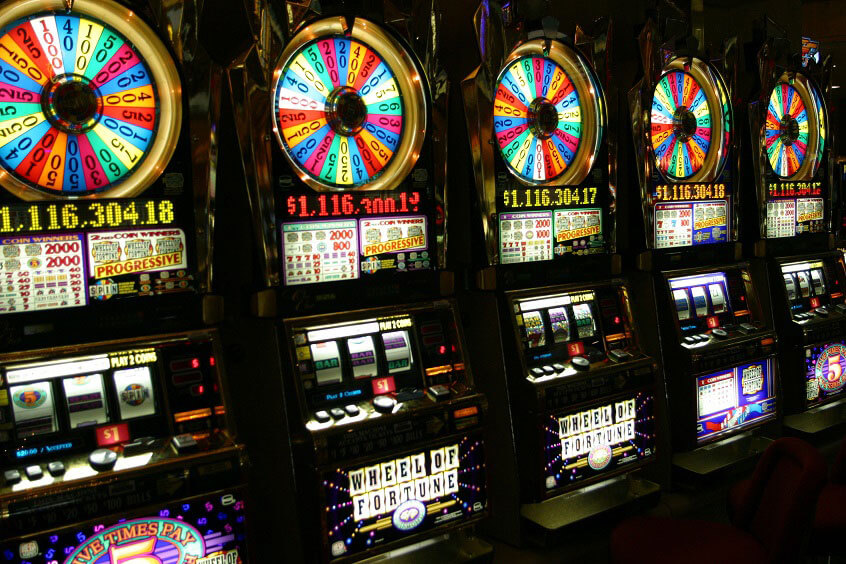
The chance of hitting the jackpot is 1 in (7x7x7), aka 1 in 343 or about 0.29%. In order to make money, the casino has to offer a jackpot lower than that – say £300 for betting £1. But if you’re used to modern day video slots, you’ll know that’s a pretty paltry top prize.
If casinos want to offer a bigger payout, they have to ensure the chances of landing the jackpot are as small as possible. One way to increase the jackpot on offer is to up the number of symbols on the reels.
Changing from seven symbols to 12 per reel, decreases the slot machine payout odds to 1 in (12x12x12), which comes out to 1 in 1,728 or 0.06%. This allows the casino to set the jackpot at £1,700 – but it’s still not a huge amount of money, and has a very low chance of occurring.
Adapting the machine to a five-reel game adds a further two steps of multiplication to the calculation. Keeping the original seven-symbol reel, the chance of filling the payline with ‘lucky 7s’ suddenly jumps from 1 in 343 to 1 in 16,807 – so, in this case, the jackpot could reasonably increase to £16,000.
But if you think about the jackpots on offer from games today, they couldn’t utilise either of these methods. Imagine how many reels or symbols you’d need on a mechanical slot machine if you wanted to offer a jackpot worth hundreds of thousands!
The origin of random slots
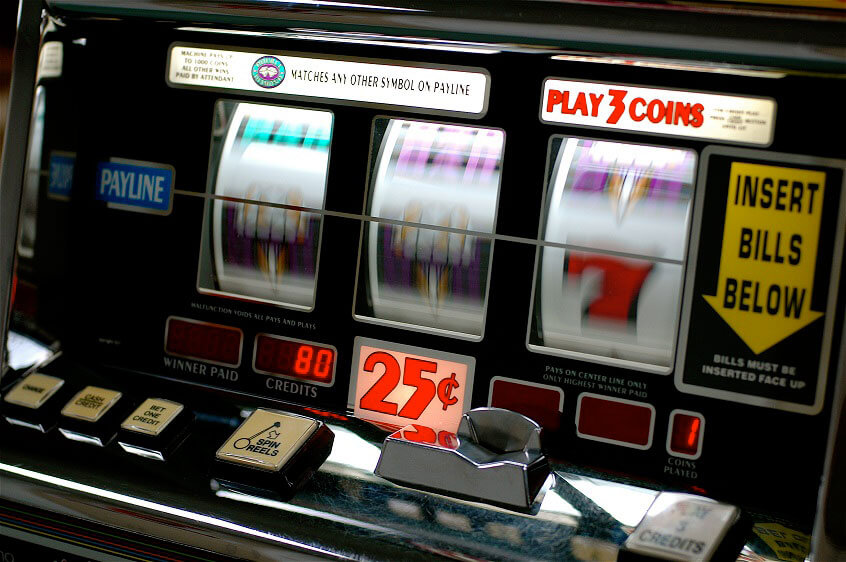
Another problem with mechanical slot machines was the impossibility of randomising them properly. Some casinos hooked them up to a timer which determined when they would pay out, but gamblers soon learned to exploit this.
An example of this was professional blackjack and poker player Cat Hulbert: at one point, she employed teams of elderly contractors to play slots for her when they neared a payout time.
Slot machines were transformed in 1984 thanks to Norwegian mathematician Inge Telnaes. His big idea was that, instead of spinning actual reels, a random number generator should dictate the results. You could create a visual representation of the slots and show either a winning combination or a random collection of losing symbols.
The random number generator could be programmed to offer odds that reels themselves can’t, and so you can offer much longer odds on winning combinations. IGT purchased Telnaes’ patent back in 1989, and thus earned royalties as other companies started using the random number model too.
Whilst creating truly random numbers can be impossible, the pseudo-randomness that most random number generators offer is usually good enough. The strings of numbers which are generated can usually create long runs with many random properties.
You can also manipulate the randomness of the numbers, though this must be accurately reflected by the return to player (RTP) listed on the machine.
How RTP rate works
Every slot you play online will have a RTP listed with it. This is typically somewhere between 92% and 98% and represents, in simulations, how much players will expect to receive back after an extended run of play.
In this case, the player would be set to walk away with £98 in their pocket. However, that’s far from the truth.
Slot machines are very rigorously tested and spun thousands upon thousands of times to ensure their advertised RTP is correct. If you ever feel like you’re not seeing the RTP advertised on them, it’s due to sheer randomness – and the weighting of jackpots, as you’ll see when we break down a slot in the next section.
A similar example to help wrap your head around this is flipping coins: you know that it’s a 50% chance to land heads or tails, but that’s over one flip. In 100 coin flips, you only actually have an 8% chance of having 50 heads and 50 tails.
Using binomial expansion, you can work out what the chance of this happening is – so, if you repeated the 100 flips 100 times, how many of those sets would actually have the perfect 50-50 split? The answer is 8%.
But if you look at how many sets come out as close to 50% – say with between 40 to 60 heads – then the probability of this is much higher. The maths behind this is fairly complicated, but you can use a binomial calculator to prove it: the chance of success is 0.5, there are 100 trials, and 50 successes. You actually end up with a 7.96% of succeeding.
Use this as a reference for how unlikely perfect averages are: if you only get a perfect 50/50 split when flipping a coin 8% of the time, then think about how many different variations there are in a slot machine full of different symbols and stops. You would need a massive amount of time to see the average number overpower the inherent unpredictability of the random number generator.
Slot payouts’ percentage are worked out over a huge amount of time and a long string of spins. You need lots of spins to work out the average without being affected by the slot volatility.
The longer you play a slot for, the nearer you will get to that elusive RTP figure – but your bankroll would have to be enormous to actually see it work out!
It’d be much more reasonable to think of RTPs as expectations for millionaires: if you paid £1 million into a slot machine, you could expect to see £980,000 back from it.
Obviously, no one person puts that in as one lump, but the machine might get that paid into it, in total, over the course of its lifetime. So the machine keeps £20,000 of the money that’s put in, assuming everything perfectly adheres to mathematical models.
Understanding slot payout : breaking down a simple slot
So now we know a bit about slots, let’s look at the maths behind the payouts. This is a very simple example, and it uses our three-reel, seven-symbol, one-payline slot that we outlined in the first section.
For ease of argument, there are no special features here, no wild symbols, and no scatters. All of the paying combinations have to be found left-to-right in order to trigger the slot payout.
The Slot payouts are going to be as follows:
- 3 Lucky 7s = £100
- 3 of any other symbol = £10
- 2 Lucky 7s = £10
- 2 of any other symbol = £3
There’s only one combination you can get to win the top prize, but we’ve introduced further methods of winning too. Three of any other symbol has six combinations, as does the chance of spinning two Lucky 7s. But two of any other symbol is much more common, as there’s 36 ways that might show up in the slot machine.
Out of 343 combinations, only 49 in total (1+6+6+36) yield a reward, which only provides a 14.3% chance of pulling up a winning spin. However, that improbability is balanced out by higher wins.
If you multiply the number of combinations that can win by the number of coins you’d win, you come up with your potential pay-off per coin:
- 3 Lucky 7s = 1 x £100 = 100
- 3 of any other symbol = 6 x £10 = 60
- 2 Lucky 7s = 6 x £10 = 60
- 2 of any other symbol = 36 x £3 = 108
And adding these figures together gives us the total number of coins we could win from this spin
100 + 60 + 60 + 108 = 328
Divide this by the total number of spins – 343 – and times the result by 100, and we get the slot payout percentage:
(328 / 343) x 100 = 95.6%
With this slot, someone could come along and assume that putting £100 into this slot would give them a return of £95.60. However, looking at the maths behind it, we know that this isn’t necessarily true.
It would be more accurate to think that a millionaire putting £1 million into it could walk away with £956,000 – and that the slot machine keeps the remaining £44,000 that it won through house edge.
What about slot volatility?
Slot volatility has a huge effect on how people play games. You can target different groups by changing a slot’s volatility up or down, though this might be represented by the same RTP.
A low volatility slot will reliably pay out small amounts over and over, and is ideal for players who want to keep spending their bankroll without too much chance of losing it all.
However, high volatility slots are the ones with huge jackpots: they’re designed to draw you in for a quick shot at winning big money with the understanding it’s very unlikely.
In Lucky 7s slots, we can safely say that it has high volatility. Only 14.3% of spins will yield a winning combination; so, if you spin the slot 1,000 times, you’ll only be mathematically expected to trigger 143 wins.
However, the draw of the jackpot – £100 for a single perfect combination – mitigates this. There’s still a high return on investment because of the significant boost that rolling a top prize gives.
Slots with many paylines and different distributions of symbols are much more complicated to calculate, but the principle remains the same.
If big wins make up the bulk of the reward, it’s high volatility; if your slot payouts come from small and frequent wins, then it’s low volatility. And both high and low-volatility slots can vary in their advertised RTP.
Scaling returns
The final, minor point to make about slot machine maths is that some machines have scaling returns. If you ever see RTP shown as a range rather than as a single figure, it implies the slot you are playing on has different payout chances – and this usually depends on the amount of money you stake.
Consider a progressive slot game, where much of the RTP is made up of the small chance of landing a huge jackpot, there may be a higher chance of triggering the top prize if you stake more. This also means that you’re putting up more money to lose, but it does technically change the casino’s edge.
Even if you only tilt the slot payout percentage a little bit – by 1% or 2% – the increased earnings on the slot can offset the larger wins, especially as many people may exhaust their bankroll into the machine without winning big money.
Scaling returns are a more common phenomenon in land-based casinos. Online casinos tend to be more consistent across all denominations, to ensure they don’t unfairly privilege high rollers.

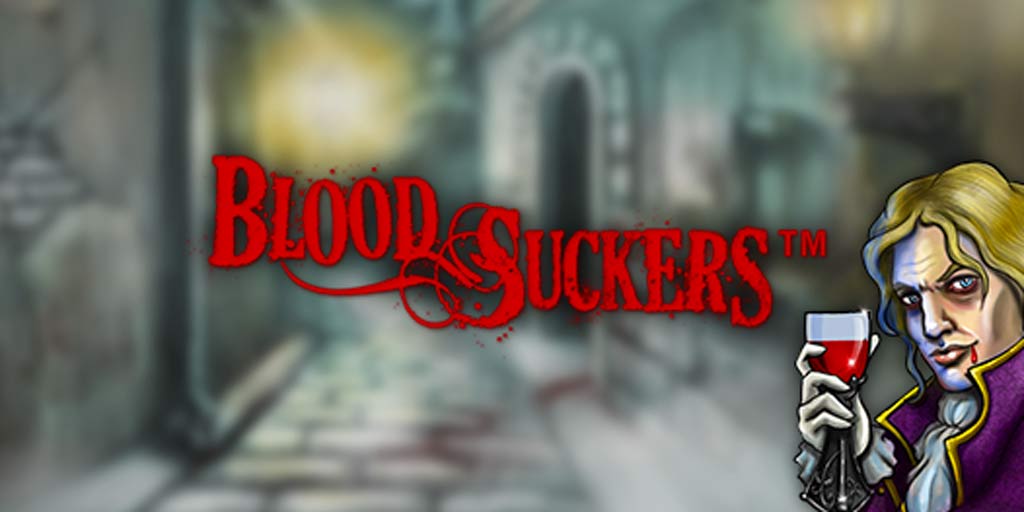


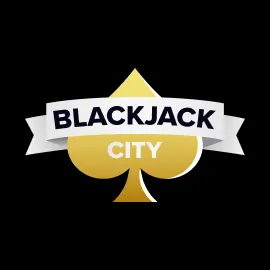
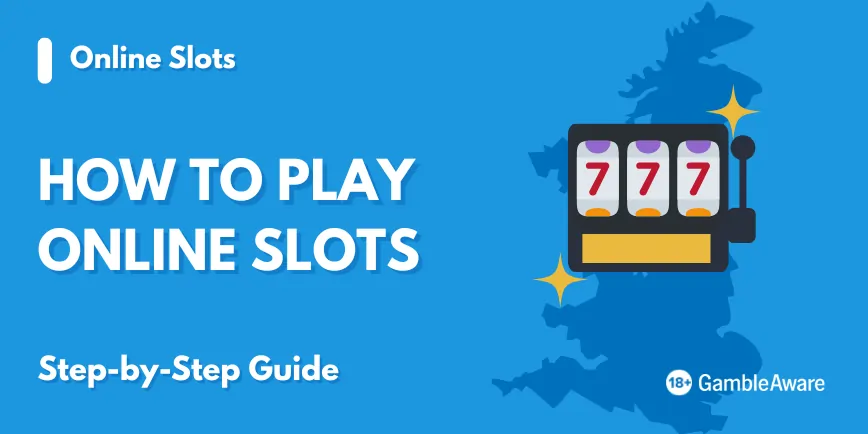

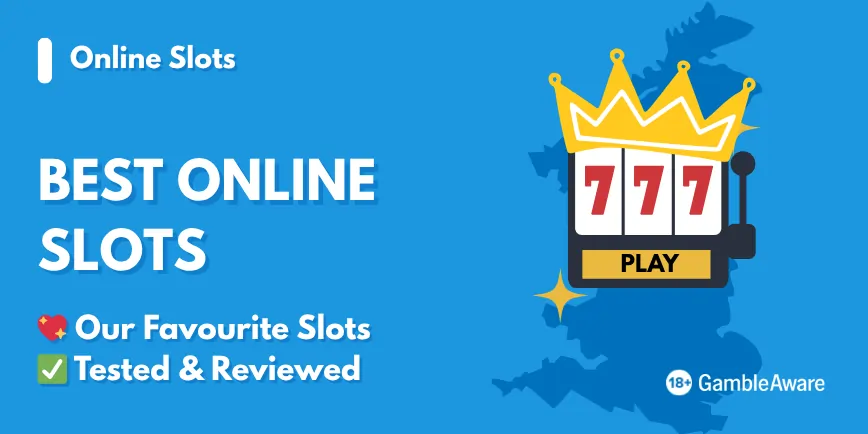
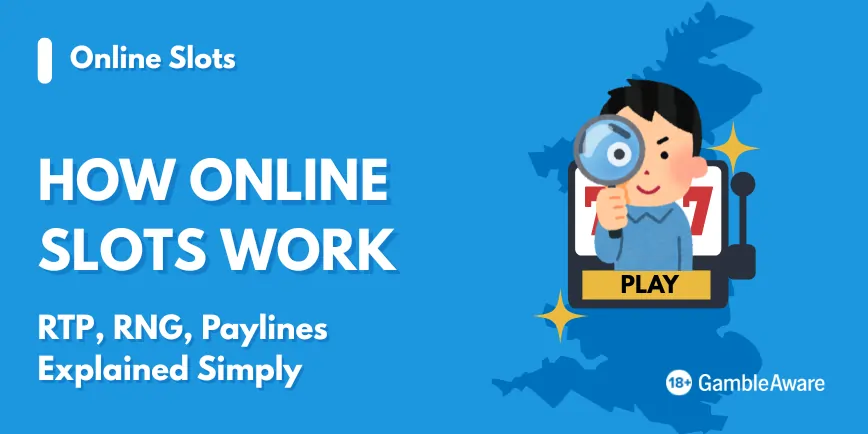


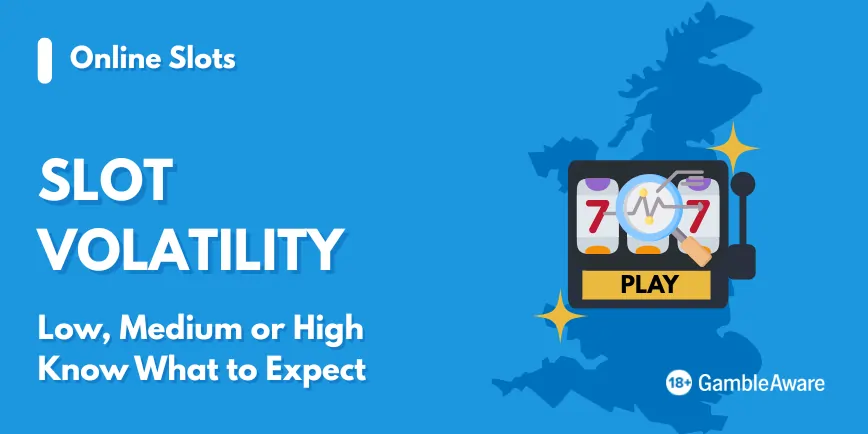

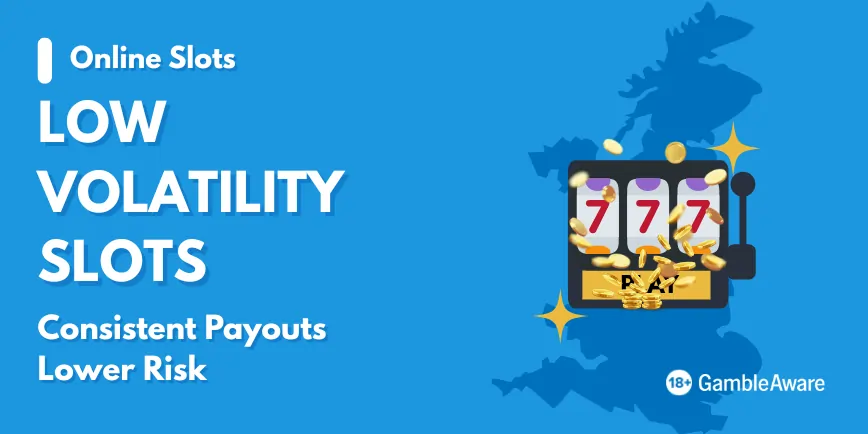

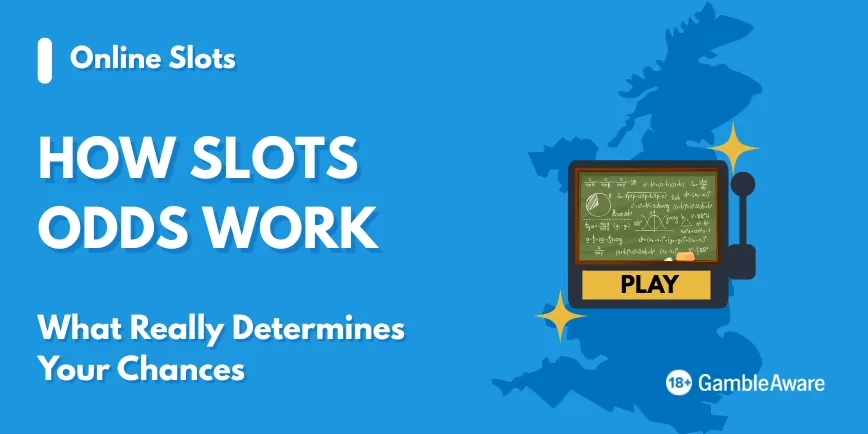
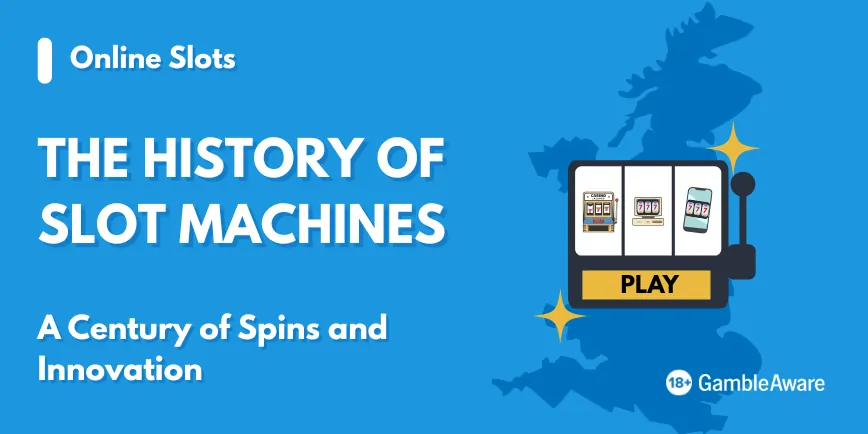
Leave a Reply